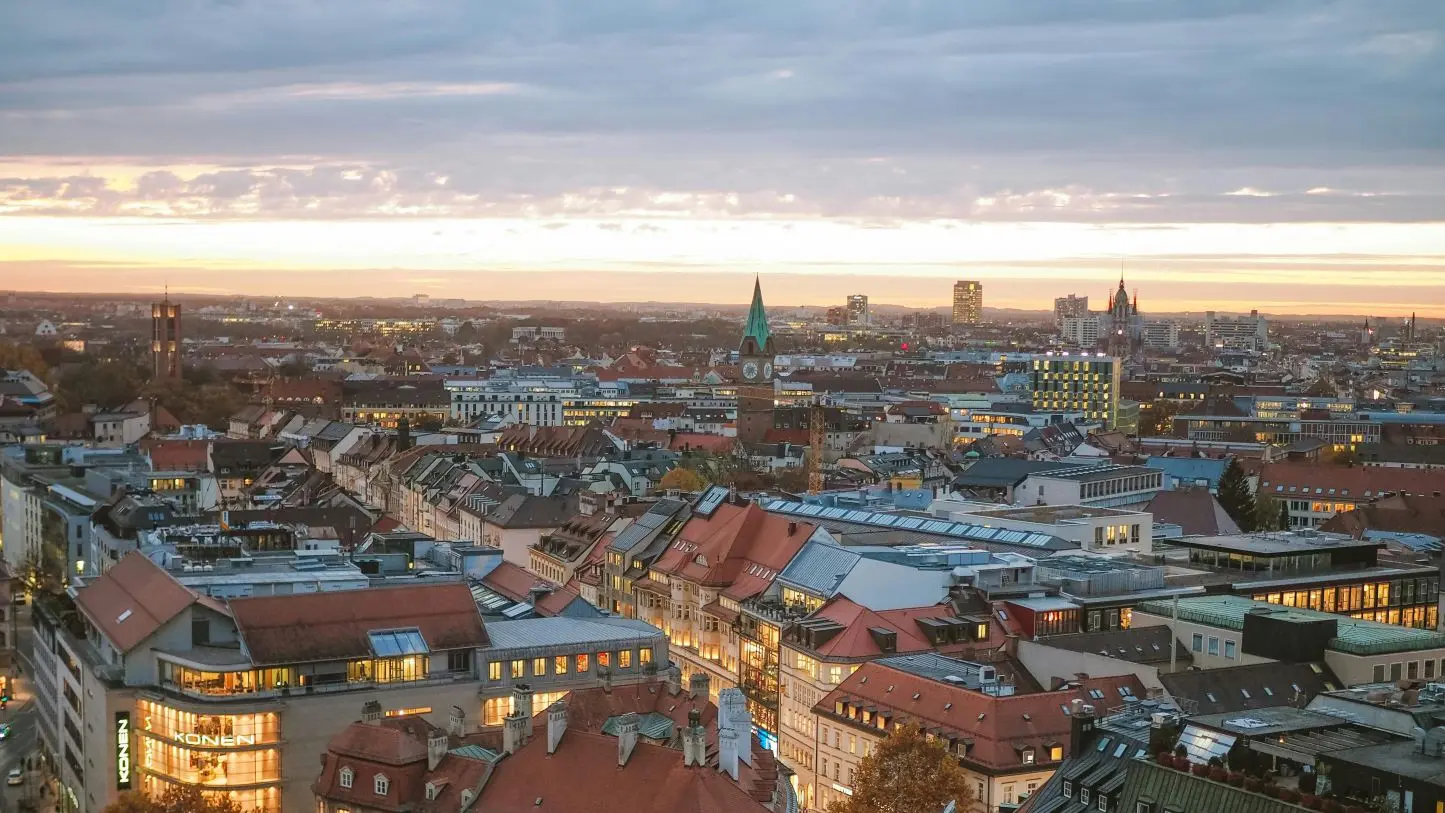What truly makes a city “smart”? For years, the answer has revolved around terms like digitalisation, connectivity, and sustainability. But today, citizens seem to have a different view—less abstract and more tangible. According to the Smart City Index 2025, published by the IMD (International Institute for Management Development), affordable housing and high-quality public transport have emerged as the most pressing priorities in dozens of advanced urban centres.
The report, which captures the direct perceptions of over 30,000 citizens across 142 cities worldwide, reveals an increasingly close link between housing and mobility. Affordable homes and efficient public transport are frequently cited together—as two sides of the same coin. Cities that fail to provide a viable alternative to private car use face rising congestion, longer commute times, and, as a result, a higher social and economic cost of living. In this context, we have examined five emblematic cities—Munich, Taipei, Tel Aviv, Shenzhen, and Prague—that are placing these issues at the heart of their urban strategies.
Munich: German Efficiency Under Strain
Bavaria’s capital and one of Europe’s strongest economic hubs, Munich ranks 11th globally in the Smart City Index. Yet behind this strong performance lie mounting tensions. The average property price has exceeded €9,000 per square metre—among the highest in Germany—forcing many residents to move to the outskirts. At the same time, the city’s extensive public transport network—one of the most developed in Europe—is under strain: delays, construction work, and overcrowding have become everyday problems. In response, the city has launched the “Zukunftsbahnhof München” project, which involves major upgrades to the S-Bahn and investments in trams and electric buses. In addition, the introduction of capped fares for monthly travel passes aims to encourage public transport use, particularly among young people and low-income families.
Taipei: A Metro System That Reshapes Urban Living
In Asia, Taipei stands out for an integrated housing-transport model that others are now seeking to replicate. Over the past two decades, Taiwan’s capital has invested heavily in a punctual and expansive metro system, now considered among the world’s most efficient. Seventy-five per cent of surveyed residents regard public transport as an absolute priority. This has enabled the development of new residential neighbourhoods along metro lines, helping to rebalance property prices and ease pressure on the city centre. In 2024, a public housing programme was launched to deliver over 20,000 new units near metro stations, with capped rents and priority given to single-parent families and young workers.
Tel Aviv: Expensive City, Lagging Transport
Tel Aviv is one of the most dynamic cities on the Mediterranean—but also one of the most expensive. Rents have reached record highs, and road congestion is a chronic problem.
Historically underdeveloped, the city’s public transport system is now undergoing a transformation: in 2023, the first light rail line became operational, and two more are planned in the coming years to connect suburbs with the city centre. The Smart City Index reveals that over 60% of residents demand urgent action on transport and housing costs. Authorities have responded with a plan to build 80,000 affordable housing units by 2030, many of them integrated into urban development projects directly linked to new tram stops.
Shenzhen: Electric Mobility and New Housing Models
Shenzhen is often cited as a symbol of Chinese innovation. It was the first metropolis in the world to operate a fully electric bus fleet, and today over 99% of its taxis produce zero emissions. But perhaps most interesting is how the city is experimenting with new housing models, including co-living spaces, micro-apartments, and social housing for young migrant workers. Electric mobility, combined with a continually expanding metro network (now with 17 operational lines), is reshaping the city to become more accessible. The local government has also introduced a long-term rent control scheme to curb property speculation—one of the most pressing issues for the younger generation.
Prague: A City Investing in Trams
Prague is often overlooked in smart city rankings, yet it is pursuing an ambitious path. The Czech capital boasts one of Europe’s most extensive tram networks and a public transport system that covers over 90% of the urban area. According to the IMD, residents identify “affordable housing” and “road congestion” as key challenges. In response, the city’s 2023–2030 strategic plan includes over €1 billion in transport network investments and an expansion of public and cooperative housing, with a particular focus on semi-central areas. The goal? To reduce motorised commuting and revive a more compact, liveable form of urban life.
The Verdict of the Smart City Index 2025 Is Clear
A city cannot be considered smart simply because it is connected, digital, or green. Above all, it must be liveable. And for citizens, this means access to reasonably priced housing and the ability to move around using fast, reliable, and integrated public transport. The most advanced smart cities—from Taipei to Munich—have grasped this: housing is not an isolated commodity, but part of an urban ecosystem where mobility is the key to inclusion.
